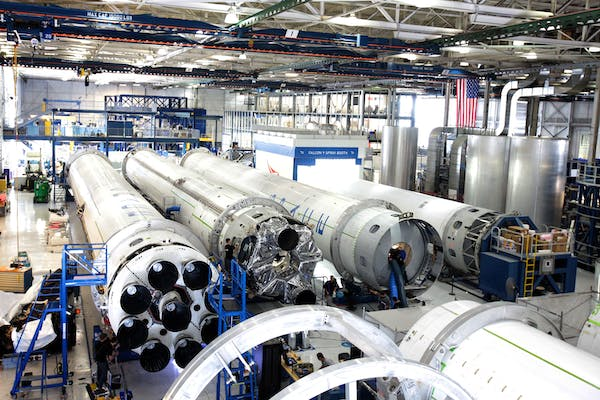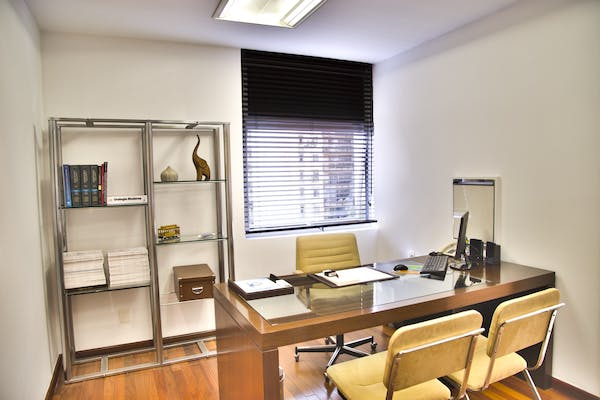Your commercial HVAC system is probably a constant challenge to maintain each year in an attempt to keep your employees comfortable. One of those challenges is doing maintenance to make sure your heating and cooling operate efficiently. Regardless, you may notice one big issue you can’t control: Humidity levels seem overly low.
This can happen while using your HVAC system with heating or cooling. Overly dry conditions are always the culprit, giving you a big problem you may not notice for a few weeks.
Eventually, you’ll start to see how dry air affects your employees. It can cause some serious physical health risks. Plus, low humidity causes damage to equipment in your building.
The answer to this is to install a humidifier directly into your HVAC system. If you never thought this was possible, it’s a viable solution many companies prefer. Doing so saves space in having direct-space humidifiers sitting around your workspace.
Let’s see how this works and what signs you should look out for in determining low humidity.
In-Duct Humidifier Systems for Commercial HVAC
You’ll need specific in-duct humidifying equipment to keep humidity levels controlled in your HVAC system. These are easy to install and use sensors to determine when humidity becomes low.
It’s possible you’re in an overly dry climate. This isn’t always the direct cause of low humidity in workplaces, though it’s a direct contributor. Other times, dry air occurs within interior spaces due to poor ventilation, especially without much HVAC maintenance.
When you get a quality humidifier installed within your HVAC unit, the automated system sends out water vapors into the circulated air. It’s a way to maintain relative humidity throughout your building without needing separate humidifiers on every floor.
What’s important is to choose a company with humidifiers that integrate well with your HVAC system. To do that, you’re going to need a proper consultation from trusted professionals. This isn’t to say you shouldn’t pay close attention to what low humidity does to your workforce.
Signs Low Humidity Hurts Employee Health and Equipment
Even though you’ve made sure your employees feel cool in the summer and warm in the winter, they may still feel uncomfortable. If you have overly dry air in your building, employees are going to start showing signs of physical ailments. One major sign is dry and itchy skin that never seems to go away.
The above skin problem is sometimes subtle, and your workers may think it’s a personal health issue. It’s a red flag, but look out for other signs of low humidity. These signs include continual respiratory illnesses or constant sore throats.
Take all of these signs seriously, despite not being the only low humidity signals. You need to pay attention to the equipment you use as well.
Check for damage to equipment, including cracking in wood or wooden furniture. Also, excessive static electricity is a common sign of overly dry air.
Finding the Right Features for Your HVAC System
You want a humidifying HVAC system providing automation and true innovation to keep your air healthy at all times. Choosing something that’s maintenance-free, has equal air spacing technology, and no clogging is very important.
Other features to look out for include low operating pressure, conservation on energy and water, plus dust suppression. Another must is a mechanism that eliminates mold, bacteria, viruses, and insects from hidden areas.
You can get all these innovations and more here at Smart Fog where our in-duct humidifiers bring you intelligent humidity control.
Contact us to learn more about the science behind our humidifiers and how we integrate them into HVAC systems without compatibility issues.





